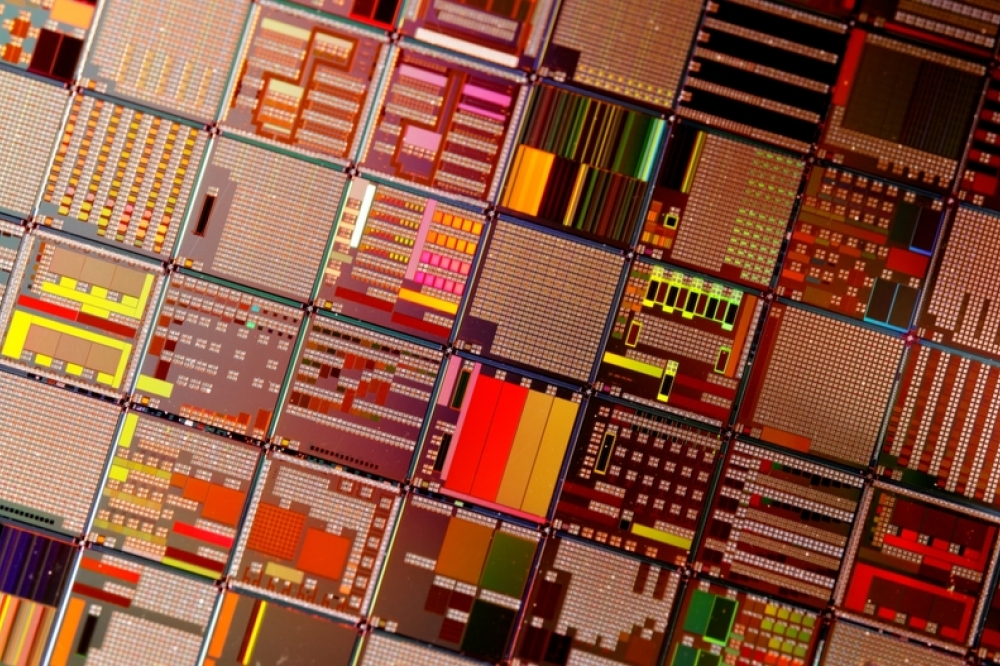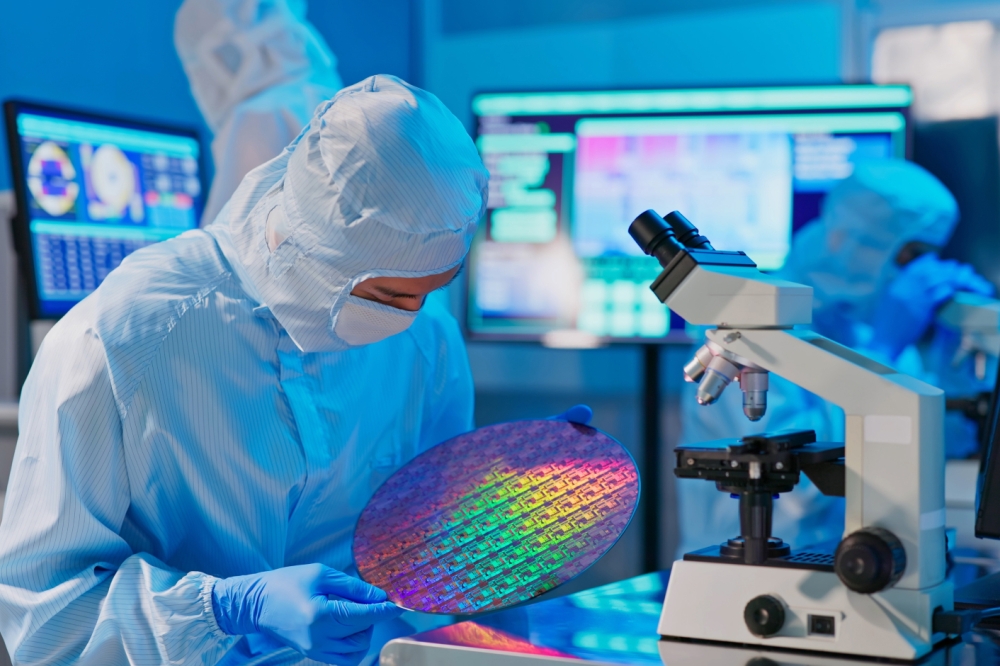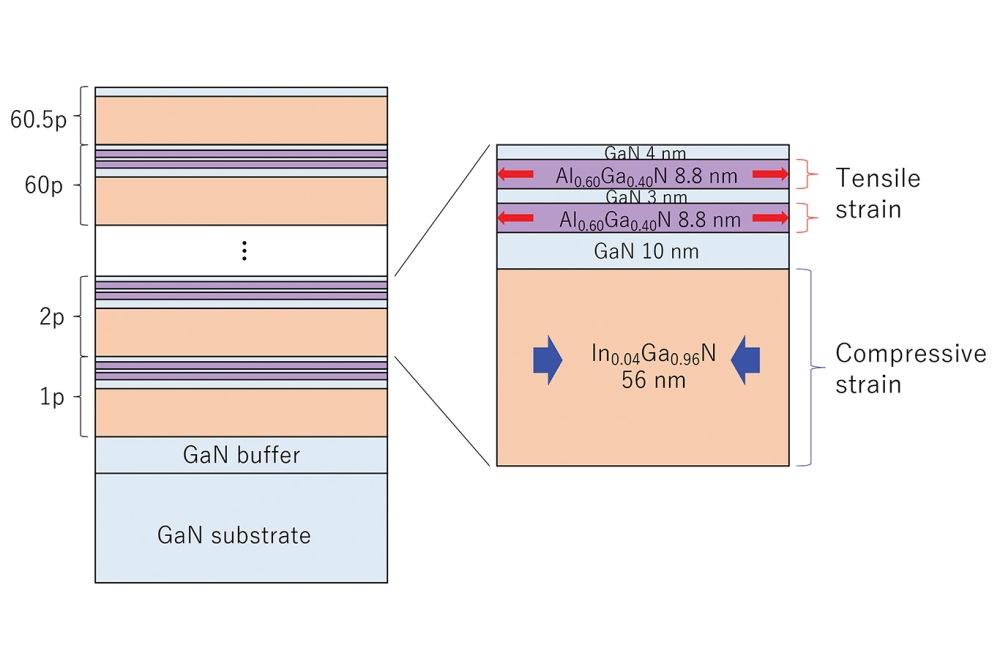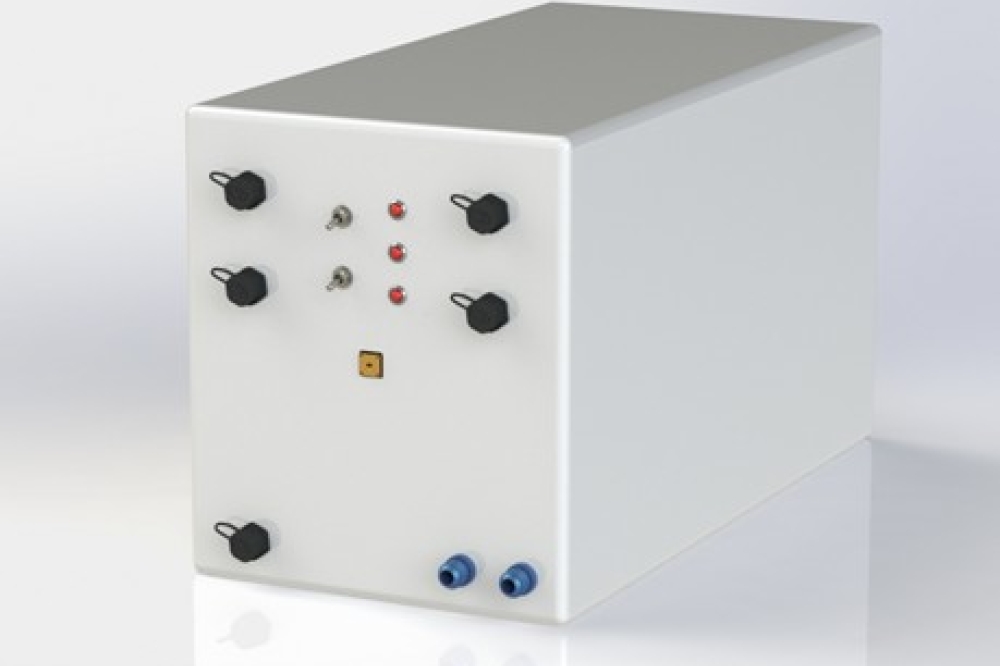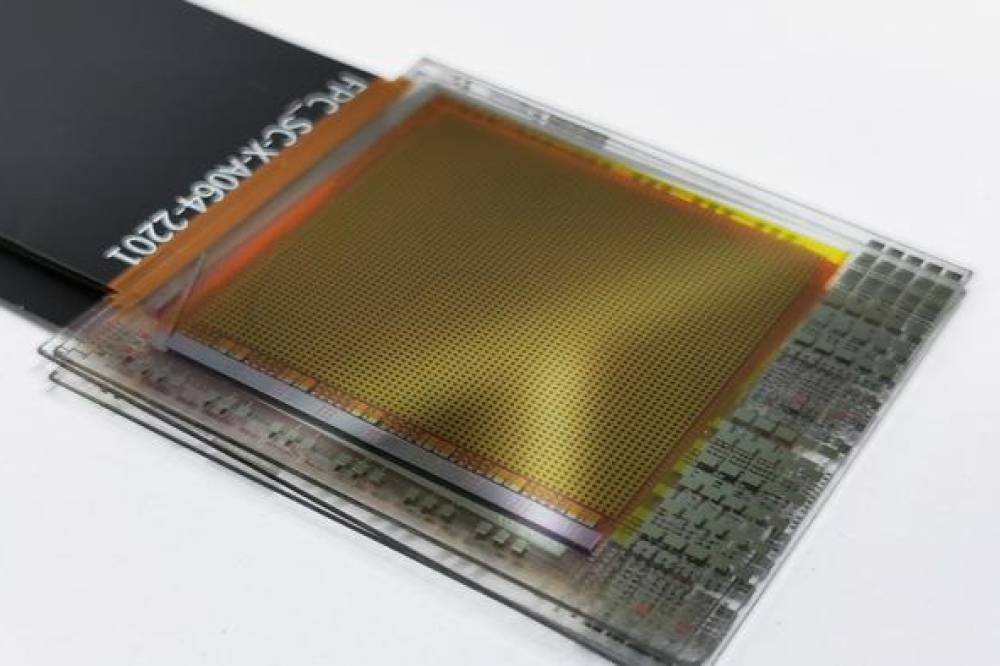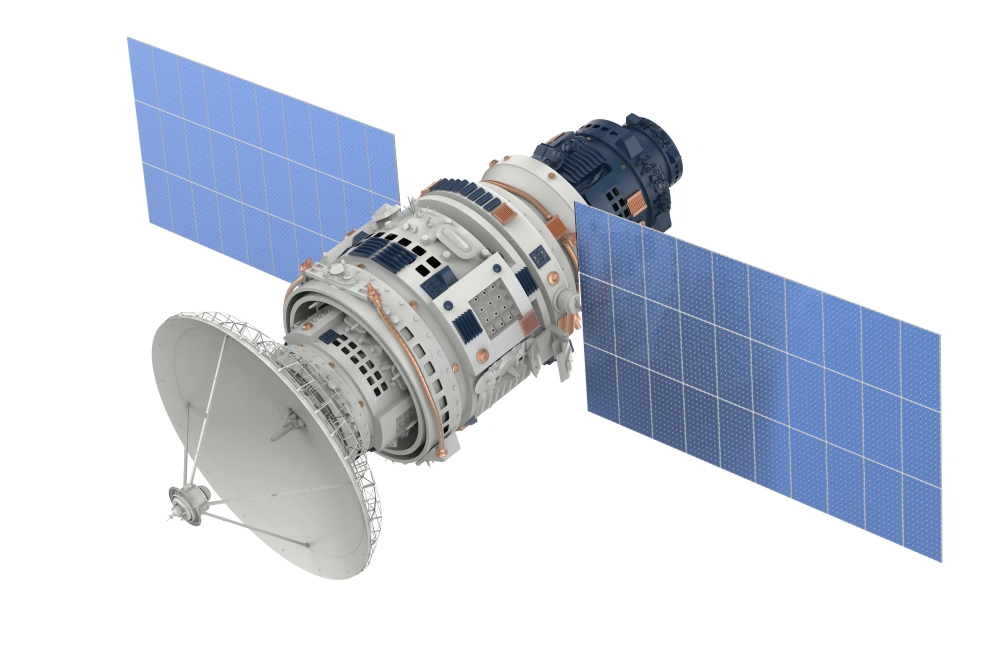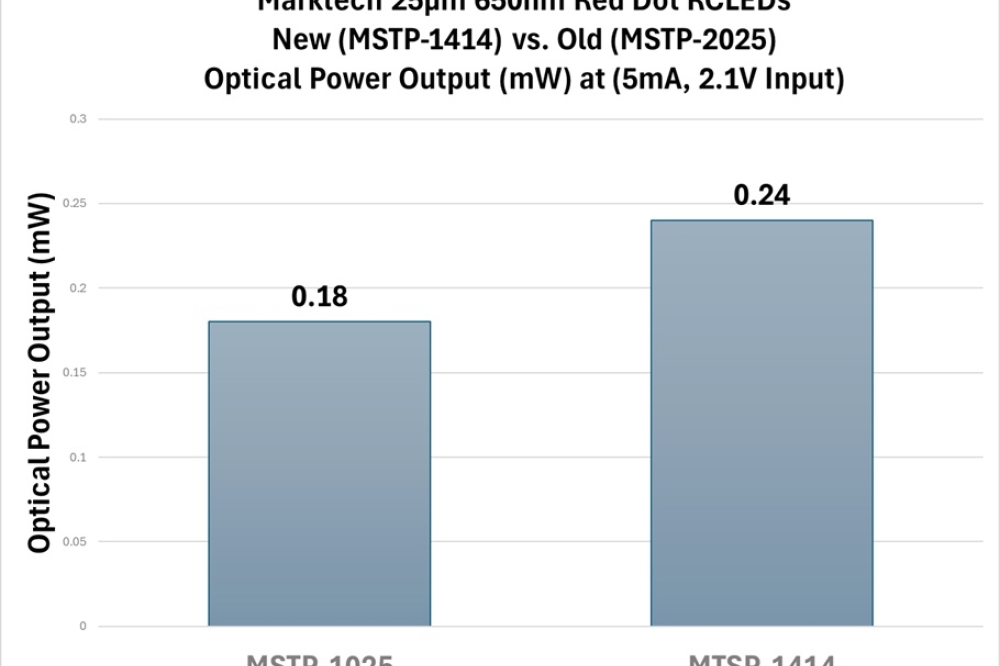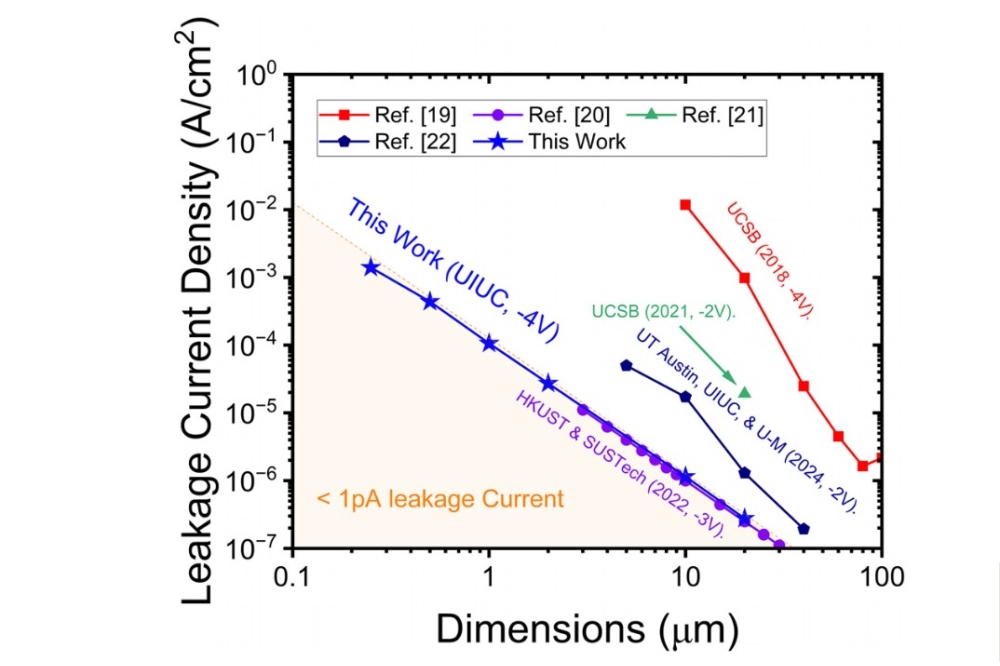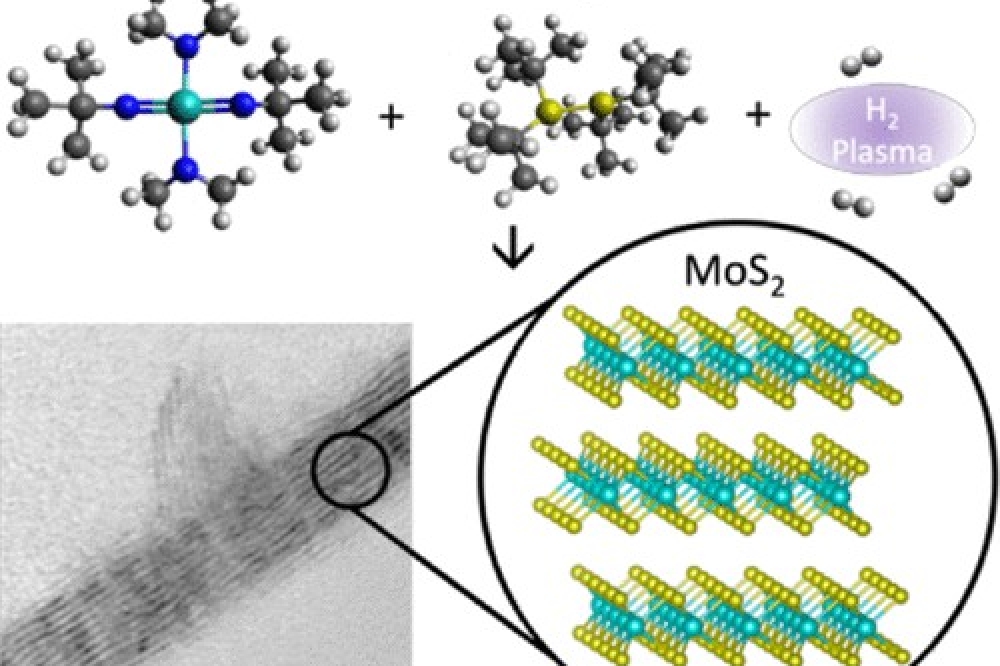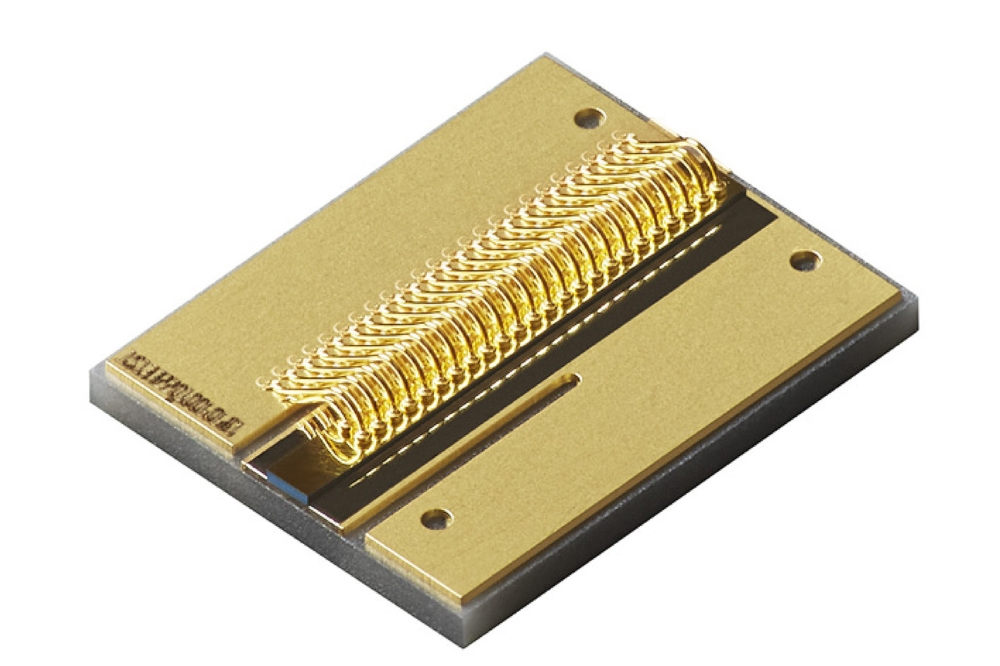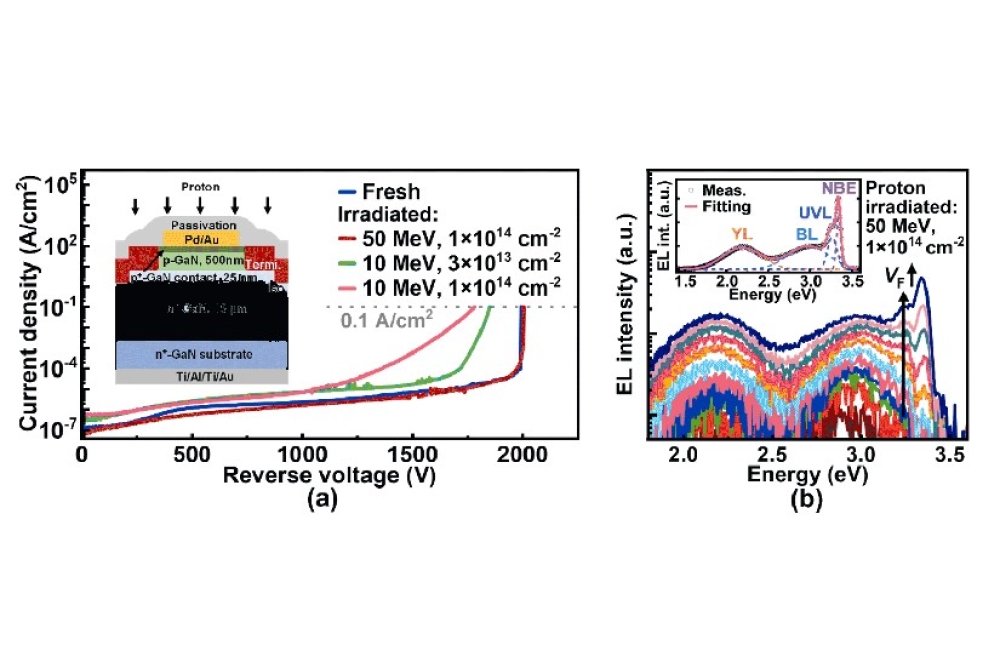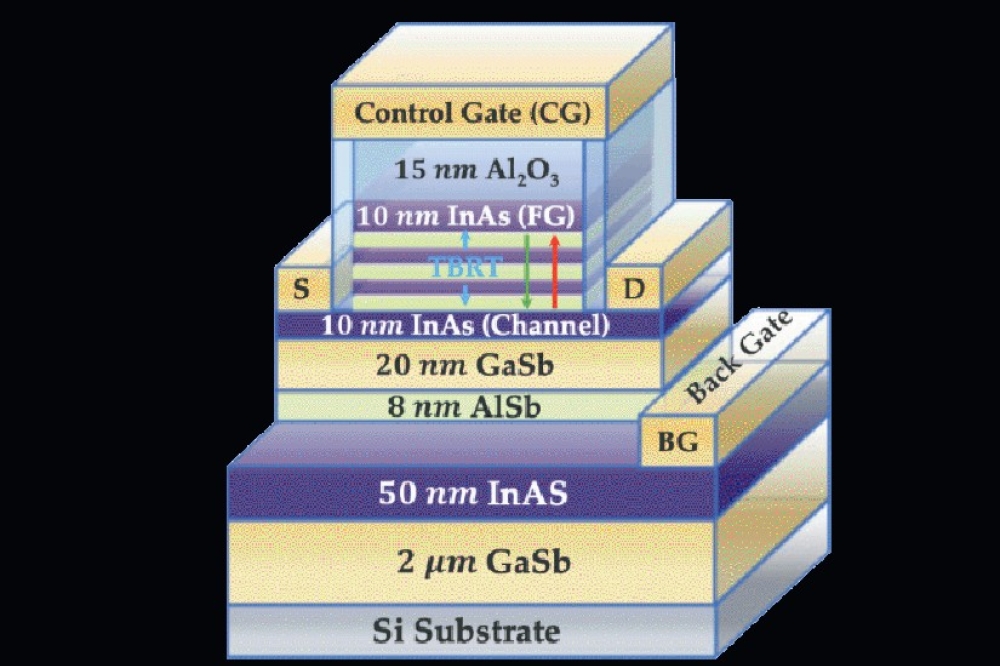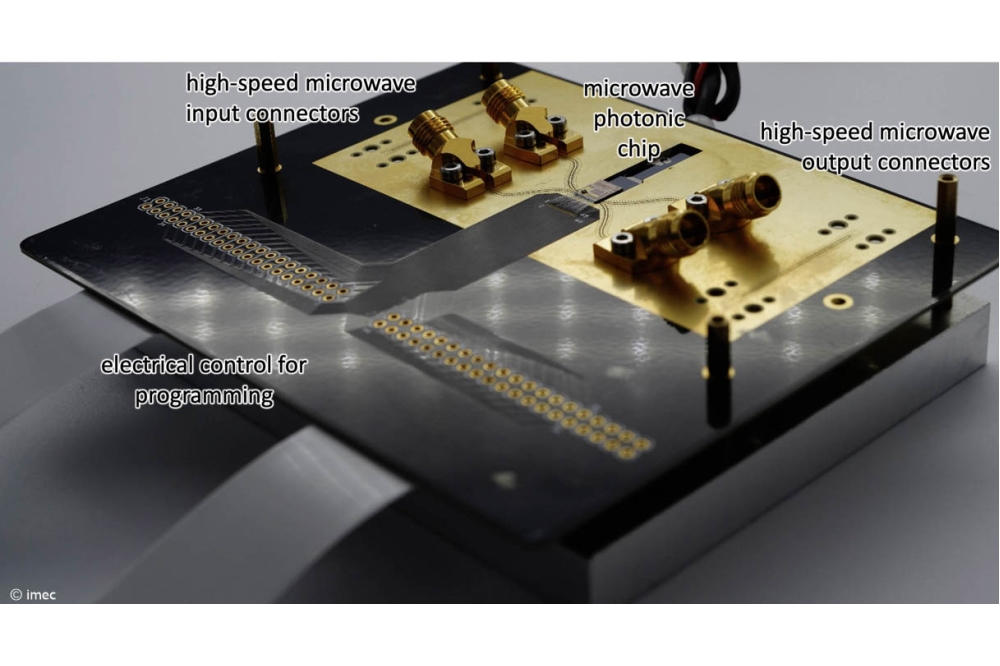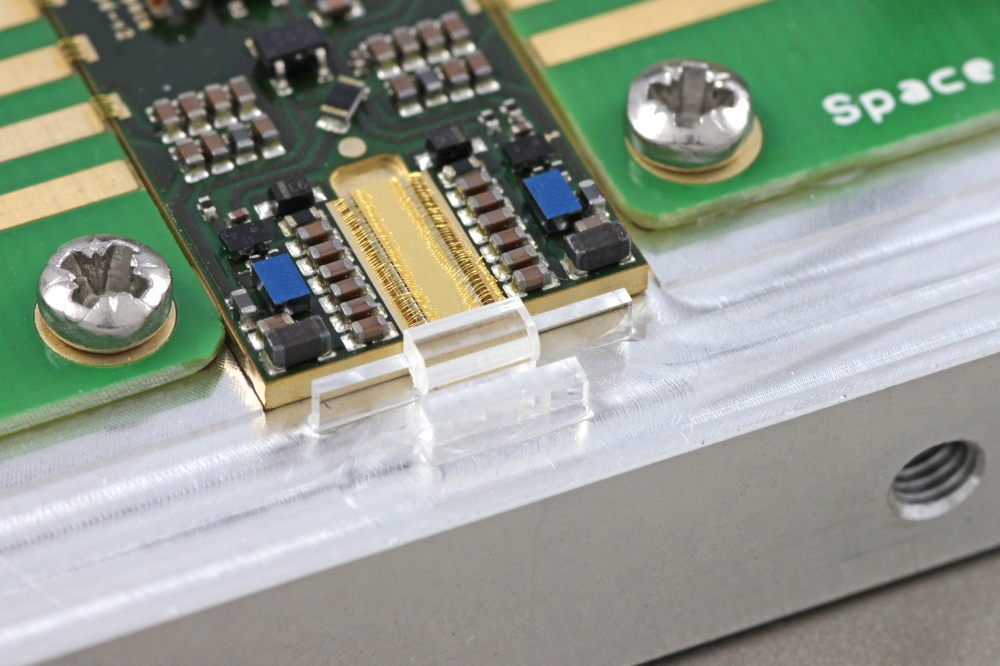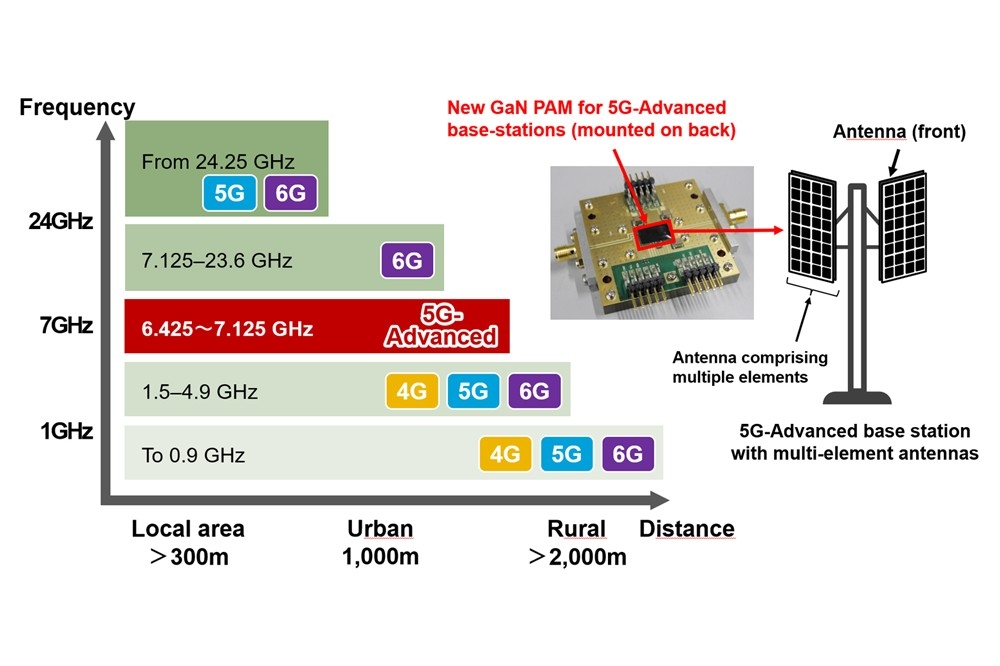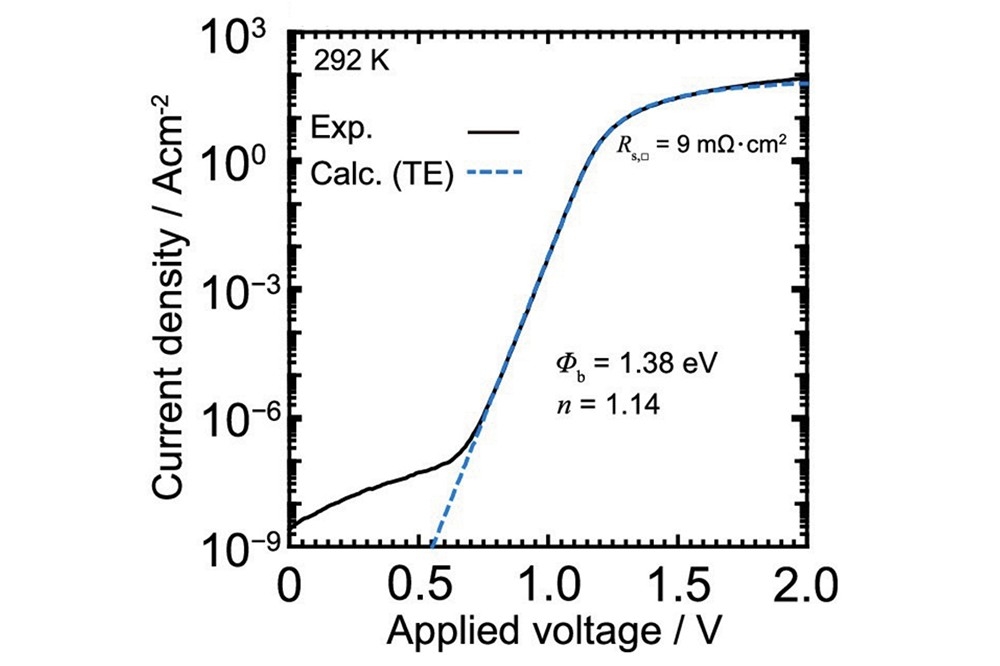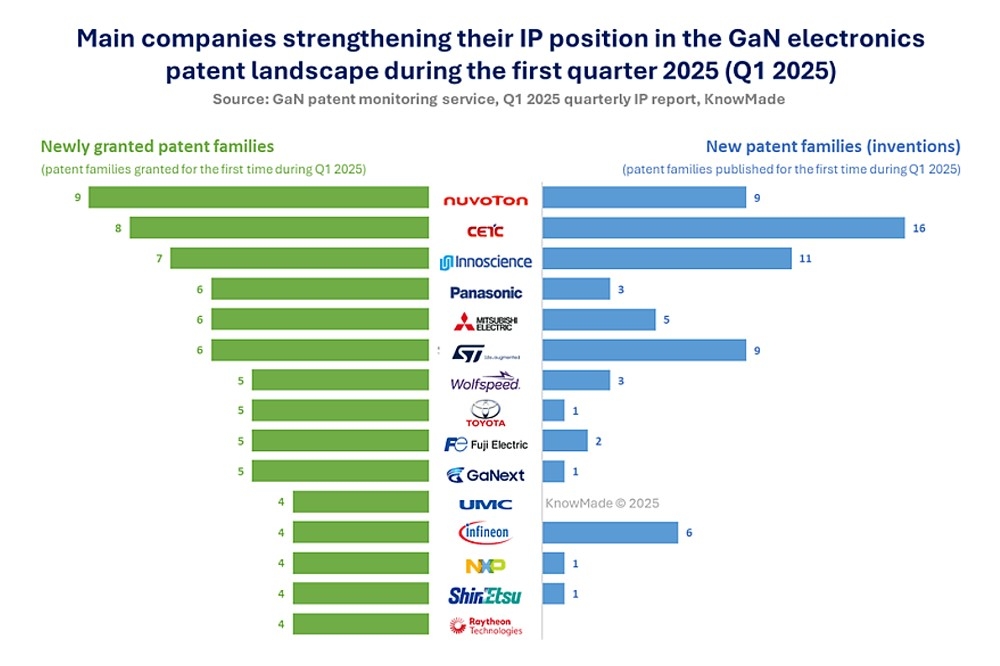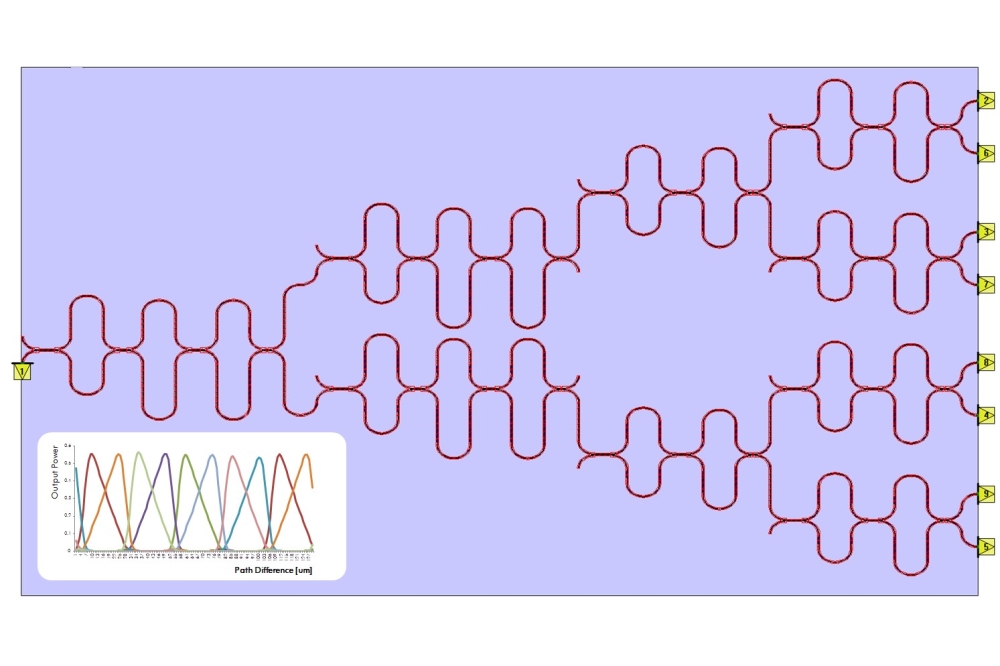Transforming displays with photo-responsive PeLEDs
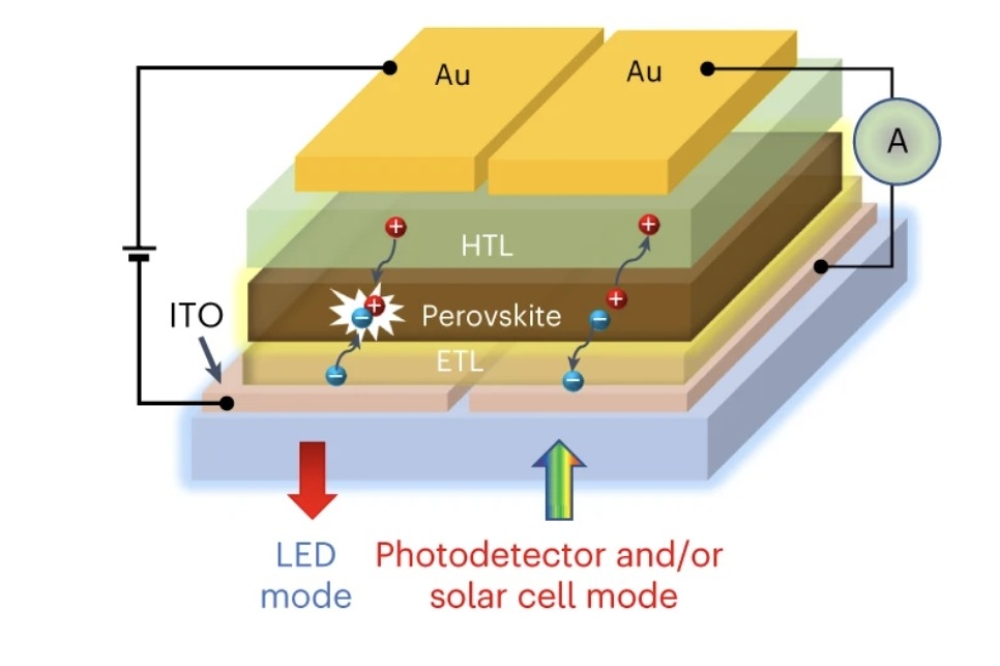
Swedish team develops screen where perovskite LEDs react to touch, light, fingerprints and the user’s pulse
Researchers at Linköping University, Sweden, have developed a digital display screen where the LEDs themselves react to touch, light, fingerprints and the user’s pulse, among other things.
The results were published in the paper 'A multifunctional display based on photo-responsive perovskite light-emitting diodes' in Nature Electronics.
“We’ve now shown that our design principle works. Our results show that there is great potential for a new generation of digital displays where new advanced features can be created. From now on, it’s about improving the technology into a commercially viable product,” says Feng Gao, professor in optoelectronics at Linköping University (LiU).
Most LCD and OLED screens can only display information. To become a multi-function display that detects touch, fingerprints or changing lighting conditions, a variety of sensors are required that are layered on top of or around the display.
The Linköping team's display is based on red, green and blue perovskite LEDs (PeLEDS) which can absorb and emit light. In addition to the screen reacting to touch, light, fingerprints and the user’s pulse, the device can also be charged through the screen thanks to the perovskites’ ability to also act as solar cells.
“Here's an example – your smartwatch screen is off most of the time. During the off-time of the screen, instead of displaying information, it can harvest light to charge your watch, significantly extending how long you can go between charges,” says Chunxiong Bao, associate professor at Nanjing University, previously a postdoc researcher at LiU and the lead author of the paper.
There are still many challenges still to be solved. Zhongcheng Yuan, researcher at the University of Oxford, previously postdoc at LiU and the other lead author of the paper, believes that many of the problems will be solved within ten years:
“For instance, the service life of perovskite LEDs needs to be improved. At present, the screen only works for a few hours before the material becomes unstable, and the LEDs go out,” he says.
Pictured above is the schematic structure of the photo-responsive PeLEDs (ETL stands for electron transport layer; HTL, stands for hole transport layer).




